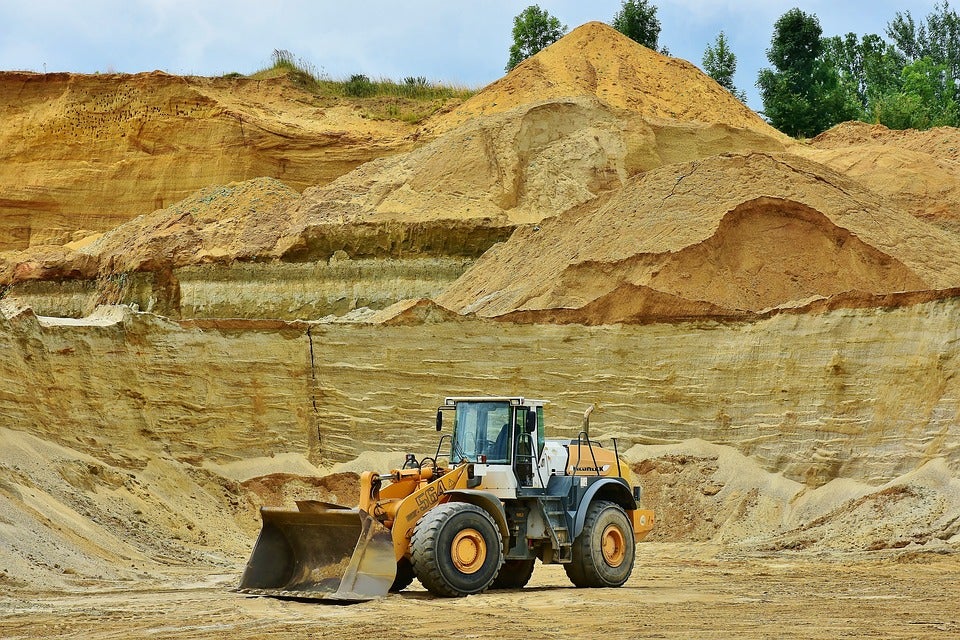
1911 Gold Corporation (“1911 Gold” or the “Company”) (TSXV: AUMB) is pleased to announce that it has begun first phase exploration drilling at its 100% owned Rice Lake gold properties. This district-scale land package is located in the Archean Rice Lake greenstone belt of southeastern Manitoba, within the prolific West Uchi geological domain, which also hosts the Red Lake gold camp in adjacent Ontario. The Phase 1 program will entail up to 10,000 metres of drilling to test multiple targets in the Bidou, Tinney, Horseshoe and Poundmaker project areas.
Dr. Scott Anderson, Vice President, Exploration, commented, “After a focused and systematic 2019 field program, we are excited to initiate drill testing of prospective targets identified and evaluated by our exploration team from new and existing datasets, in the context of our updated exploration model. These kilometre-scale targets are characterized by anomalous gold in rocks and surficial sediments, and posses structural and stratigraphic complexities typical of gold deposits in world-class Archean gold districts. Each has strong potential to yield significant new gold discoveries. We look forward to advancing these initial project areas, while continuing to assess new opportunities within our substantial land package”.
2019–2020 Exploration Drilling Program
Commencing in November 2019, the Company plans to drill up to 10,000 metres, consisting of 30–40 drill holes ranging from 150 to 400 metres in length, with the objective of testing well-constrained targets at the Bidou, Tinney, Horseshoe and Poundmaker project areas (Figures 1 and 2). Targets to be tested in these areas either have no record of historical drilling or have been subject to only shallow, localized drilling below historical showings, which generally did not test principal structures. New targets have been generated via compilation and integration of new and historical geological, geochemical, geophysical and remotely sensed (LiDAR) datasets.


